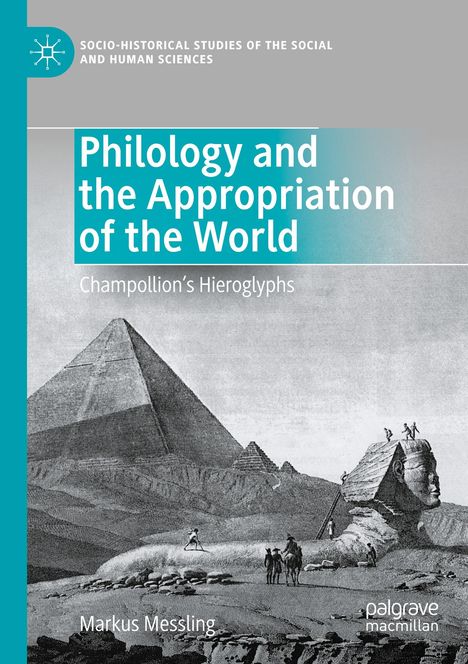Markus Messling: Philology and the Appropriation of the World, Kartoniert / Broschiert
Philology and the Appropriation of the World
- Champollion's Hieroglyphs
(soweit verfügbar beim Lieferanten)
- Verlag:
- Springer, 04/2024
- Einband:
- Kartoniert / Broschiert, Paperback
- Sprache:
- Englisch
- ISBN-13:
- 9783031128967
- Artikelnummer:
- 11829769
- Umfang:
- 208 Seiten
- Gewicht:
- 276 g
- Maße:
- 210 x 148 mm
- Stärke:
- 12 mm
- Erscheinungstermin:
- 12.4.2024
- Hinweis
-
Achtung: Artikel ist nicht in deutscher Sprache!
Weitere Ausgaben von Philology and the Appropriation of the World |
Preis |
|---|
Klappentext
This book sheds new light on the work of Jean-François Champollion by uncovering a constellation of epistemological, political, and material conditions that made his decipherment of Egyptian hieroglyphs possible. Champollion¿s success in understanding hieroglyphs, first published in his Lettre à M. Dacier in 1822, is emblematic for the triumphant achievements of comparative philology during the 19th Century. In its attempt to understand humanity as part of a grand history of progress, Champollion¿s conception of ancient Egypt belongs to the universalistic aspirations of European modernity. Yet precisely because of its success, his project also reveals the costs it entailed: after examining and welcoming acquisitions for the emerging Egyptian collections in Europe, Champollion travelled to the Nile Valley in 1828 / 29, where he was shocked by the damage that had been done to its ancient cultural sites. The letter he wrote to the Egyptian viceroy Mehmet Ali Pasha in 1829 demands thatexcavations in Egypt be regulated, denounces European looting, and represents perhaps the first document to make a case for the international protection of cultural goods in the name of humanity.
Biografie
Markus Messling, geboren 1975, promovierte in Romanischer Philologie an der Freien Universität Berlin (2007). Er ist Leiter der Emmy Noether-Nachwuchsgruppe (DFG) "Philologie und Rassismus im 19. Jahrhundert" an der Universität Potsdam. Für seine Arbeiten hat er Auszeichnungen und Preise erhalten. Im Frühjahr 2011 war er Gastprofessor an der EHESS in Paris.

